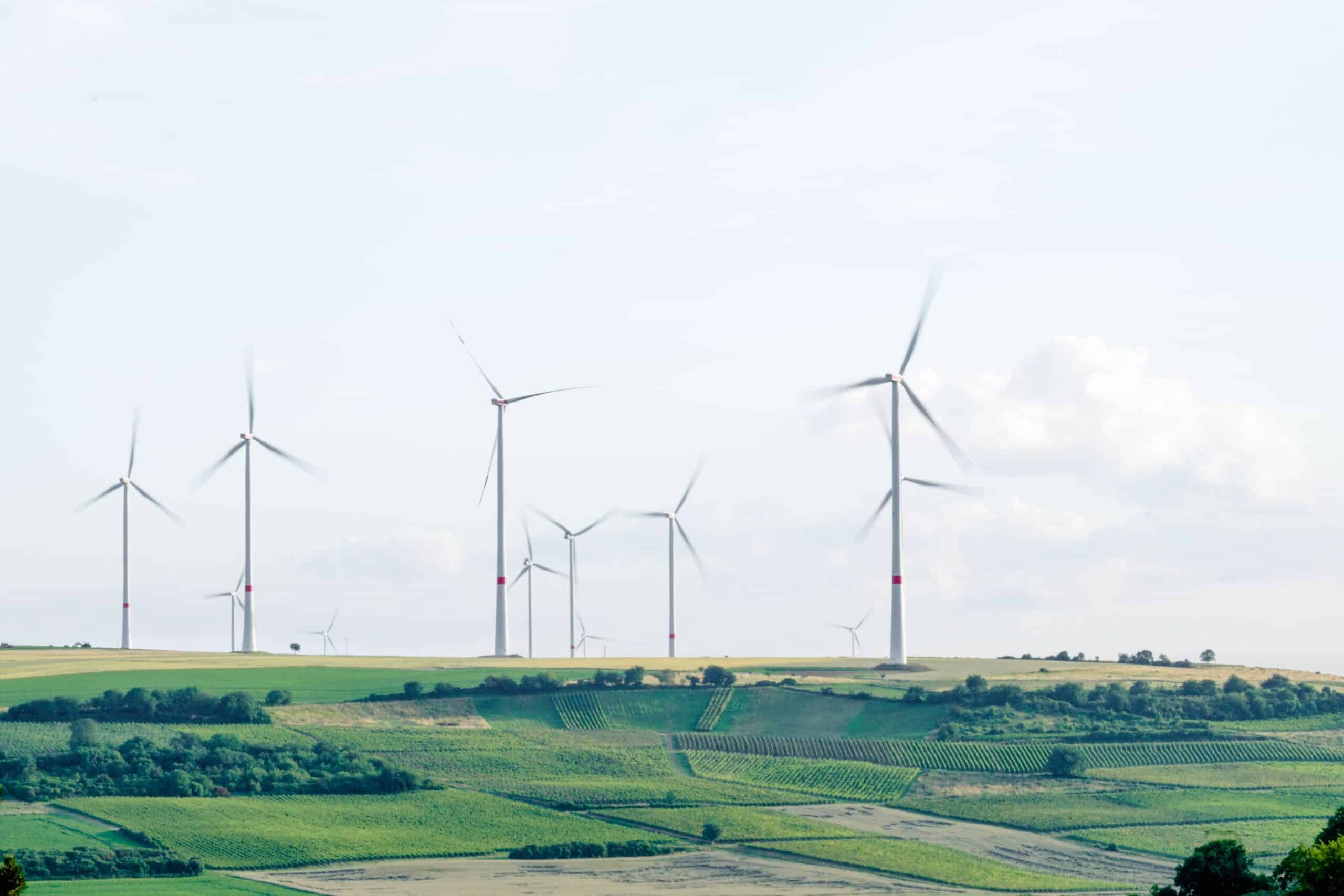Be Nice to Your Mother: Earth Month and Beyond
As our planet faces environmental challenges such as climate change, air and water pollution, deforestation, and biodiversity loss, it’s more important than ever to find innovative solutions to protect our natural resources. With the Internet of Things (IoT), we now have access to a range of smart devices that help us monitor and conserve our environment in new ways.
IoT devices generate a vast amount of data that provides valuable insights to organizations and businesses looking to become more sustainable and help the environment. By combining the connectivity, data, and cloud capabilities of IoT, real-time data analytics allow device builders to make informed decisions and take tangible steps towards things like resource usage, waste management, and energy efficiency.

Building a Better Tomorrow
The possibilities for data collection and analysis from IoT devices are endless.
The versatility of cellular and LoRa connectivity is revolutionizing the possibilities for data collection and analysis, particularly in once-inaccessible remote areas. Sensors can now collect any kind of data continuously and accurately, reporting in real-time without the need for a field technician to physically visit the site. However, building and deploying IoT devices can be complex and costly, making it difficult for organizations to leverage its power fully.
To address this challenge, IoT needs to become more accessible and user-friendly. This would ultimately lead to more efficient and effective environmental solutions, and a more sustainable future for us all. Blues was born out of the need for radiation monitoring following the Fukushima Daiichi nuclear disaster that had devastating effects on people and the planet. We remain committed to providing easy-to-use IoT solutions that help innovators quickly deploy environmental monitoring devices.
In this blog, we’ll introduce ten inspiring IoT solutions that improve the way we interact with the environment, including smart farming, water quality monitoring and cleaning, animal tracking, clean energy, and more.

Smart Solutions for the Earth
From water quality monitoring and cleaning to green energy and intelligent transportation, these technologies are being used to optimize resource use, reduce waste, and mitigate the effects of climate change:
1. Water Quality Monitoring and Cleaning
Water quality monitoring and cleaning devices are used to monitor the quality of water in lakes, rivers, and other bodies of water. These devices use sensors to collect data on water quality parameters such as pH, dissolved oxygen, and temperature. This information is then used to identify areas where water quality is poor and to develop strategies to improve it.
Waterway cleaning devices are becoming increasingly important as pollution and debris continue to harm our oceans, lakes, and rivers. These devices can collect trash and debris from waterways, reducing the amount of pollution that ends up in our natural water sources and providing critical data on the health of our waterways.
2. Smart Farming
Smart farming devices use sensors to collect data on temperature, humidity, soil moisture, and other factors that can affect crop growth. This information is then used to optimize the use of resources such as water and fertilizer to ensure that crops are grown as efficiently as possible. By using smart agriculture devices, farmers can increase crop yield and reduce their environmental impact by using less water, fertilizer, pesticides and other harmful chemicals, all while decreasing their carbon footprint.

3. Animal Tracking
Animal tracking devices are used to monitor the movement and behavior of animals in their natural habitats. These devices can be used to track the migration patterns of birds, the behavior of marine mammals, or the movements of land animals such as deer or bears. By collecting data on the behavior of animals, scientists can gain a better understanding of their habitats and how they interact with the environment. This information can then be used to develop conservation strategies to protect these animals and their natural habitats.
4. Green Energy
Green energy monitoring systems can use sensors to collect data on energy consumption patterns, weather conditions, renewable energy production, and building occupancy to optimize energy usage and reduce waste in smart grids and lighting systems.
Smart grids are designed to optimize the use of electricity by collecting data on energy consumption and production. These grids use sensors to collect data on energy usage patterns, weather conditions, and other factors that can affect energy consumption, and adjust energy production and distribution to ensure that electricity is delivered where and when it is needed most.
Smart lighting systems use IoT technology to control the lighting in homes and businesses. These systems can adjust lighting levels based on occupancy, natural light, and time of day, resulting in significant energy savings.

5. Air Quality Monitoring
Air quality monitors use sensors to measure air quality and provide real-time data on pollutants such as carbon monoxide, nitrogen dioxide, and particulate matter. This data can be used to identify and mitigate pollution hotspots and improve public health.
6. Waste Management
IoT-enabled waste management systems use sensors to monitor waste levels in bins and alert waste management companies when bins are full. This helps to optimize waste collection routes and reduce unnecessary emissions from waste collection vehicles, as well as introduce or improve municipal services such as curbside composting. IoT data helps communities and waste haulers to improve understanding of waste generated and collected in order to reduce the increasing waste generation problem in the nation.
7. Responsible Water Usage
By using IoT technology to monitor water usage in real-time, these devices can provide accurate data on water consumption, allowing businesses and public works to identify and address leaks or other sources of wasteful water usage. Data from smart meters can also provide insights into patterns of water usage, helping businesses and public works make informed decisions about water management and conservation efforts, and reducing costs associated with water loss and inefficient usage.

8. Intelligent Transportation
Intelligent transportation systems use IoT technology to improve traffic flow and reduce congestion, which can lead to reduced emissions from vehicles stuck in traffic. These systems include real-time traffic information, smart traffic signals, and connected vehicles.
9. Natural Disaster Monitoring and Prevention
IoT sensors and drones can be used as low-cost solutions to mitigate natural disasters such as forests for signs of fire, providing early warning to firefighters and enabling them to respond more quickly to prevent the spread of wildfires. This protects wildlife habitat, homes, and businesses.
10. Green Supply Chain Management
A big area of opportunity is around IoT solutions for supply chain management. IoT devices can help companies monitor and optimize their supply chain processes, reducing waste and improving efficiency. By using IoT solutions to track assets and analyze data across the entire supply chain, companies can identify areas for improvement and implement more sustainable practices.

Building a Sustainable Future with IoT Solutions
IoT solutions can play a critical role in protecting the Earth. Through the introduction of ten inspiring IoT solutions in this blog, we hope to inspire a more sustainable future that is built on technological innovation, environmental stewardship, and social responsibility.
Advancements in technology have revolutionized data collection and analysis, making it possible to monitor remote areas continuously and accurately so organizations and businesses can make data-driven decisions. But building and deploying these devices can be complex and costly, making it difficult for organizations to leverage its power fully. Accessibility and user-friendliness are critical for the development of effective environmental solutions.
It’s time to harness the power of IoT for a more sustainable future. At Blues, we remain committed to providing easy-to-use connectivity solutions that help innovators quickly deploy IoT solutions for the environment.

